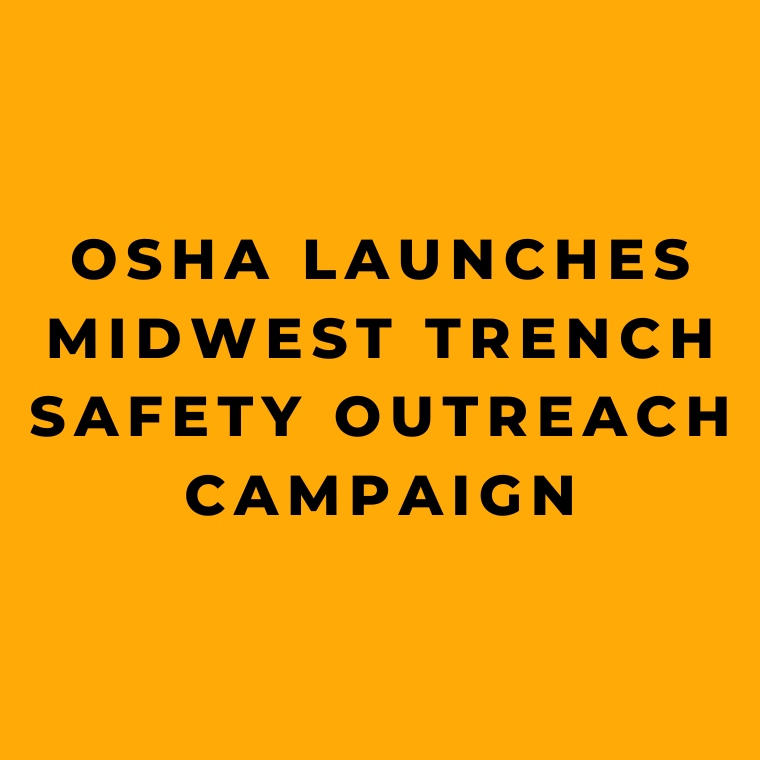There is a serious issue that’s been affecting our workers in the Midwest. It’s something that might not cross your mind every day, but it’s critical for those who work in the trenches—excavation hazards. In 2022, we saw a heartbreaking increase in the number of workers who lost their lives while working in trenches and excavations. Thirty-nine people—real men and women with families and loved ones—died in the line of duty, including four folks Illinois and two more in Ohio.
Now, I don’t have to tell you that a trench collapse is a devastating event. When tons of soil and rock come crashing down, there’s often little time to react, and survival can be nothing short of a miracle. But here’s the thing: these tragedies are preventable. With the right training, equipment, and safety measures in place, we can make sure that our workers stay safe on the job.
That’s why I’m happy to see that the U.S. Department of Labor’s Occupational Safety and Health Administration (OSHA) is stepping up to the plate with a new outreach campaign aimed at reducing and preventing these injuries and fatalities. They’re teaming up with state agencies, industry leaders, and on-site consultation projects all across OSHA Region 5 to make a real difference in the lives of our workers.
This campaign couldn’t come at a better time. With the spring construction season kicking into high gear, it’s crucial that we get the word out about the dangers of trench and excavation work. OSHA and its partners are on a mission to ensure that industry workers make it home safely at the end of each shift. And that’s something we can all get behind.
Now, in 2022, OSHA conducted 311 inspections at trenching and excavation sites in Illinois, Ohio, and Wisconsin. Some of these inspections followed incidents where workers were tragically killed, whether by falling into a trench, being pinned by equipment, trapped by a cave-in, or asphyxiated by hazardous gases. It’s a sobering reminder of the risks that workers face every day.
So what can we do to stay safe? Here are some essential trench safety standards that every worker should know:
- Protective systems are a must for trenches 5-feet deep or deeper. Whether it’s benching, sloping, shoring, or shielding, make sure you’ve got the right safeguards in place.
- Got a trench that’s 20-feet deep or deeper? It needs the stamp of approval from a registered professional engineer.
- Before anyone sets foot in a trench, a competent person needs to inspect it—daily and as conditions change. They should be able to identify hazards, soil types, and protective systems, and have the authority to take action to eliminate those hazards.
- Keep excavated soil at least two feet from trench edges. Simple, but crucial.
- Know what’s below. Locate and mark underground utilities before digging begins.
- Lastly, make sure there are ladders positioned every 25 feet for safe entry and exit.
Remember, OSHA’s got a whole slew of resources to help you stay safe, including a national emphasis program on preventing trenching and excavation collapses, and compliance assistance resources in English and Spanish.
References:










